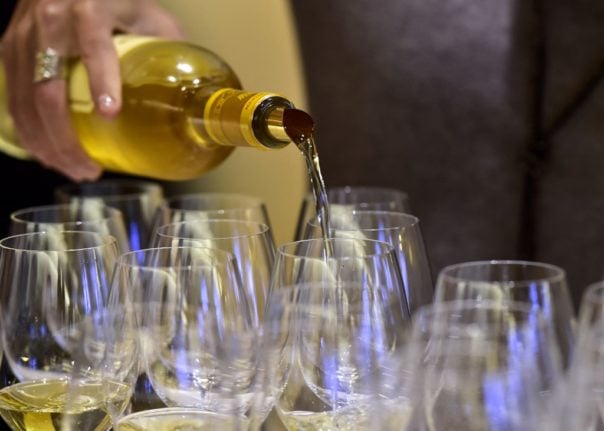In Opoul, a village located north of Perpignan near the Pyrenees mountains, wildfires raged during the month of June.
The area is usually home to Côte du Roussillon wines, made from Opoul grapes. While some vines in the area caught fire, others had to be treated with fire retardant, as therefore cannot be consumed.
Other vines survived and have produced a grape harvest, but the smoke has impacted the grapes, meaning they are not fit to produce the normal vintages.
READ MORE: Reader Question: Will French wine taste smoky this year after the wildfires?
Instead, some farmers, like Olivier Soler, will opt to produce natural, sweet wines instead.
The cooperative that Soler belongs to is willing to allow him to produce natural sweet wine instead, because the longer ageing period will allow for the smoky taste to be erased.
“The Opoul vines are normally destined to make Côte du Roussillon, a red wine. Any defect poses a real problem for the integrity of the wine.
“So we decided to use them for a natural sweet wine, which has a 24 and 36 month ageing process. If there is a defect, this length of ageing tends to erase it,” explained Jean-Pierre Papy, director of the Arnaud de Villeneuve cooperative to Franceinfo.
Even though the wine will likely not be bottled around 2025, it represents a way for wine producers to minimise some of their losses from the wildfires.
For most of France’s wine harvest, however, the grapes survived intact and experts say they will be no smokey taste – in fact growers in Bordeaux say that 2022 is shaping up to be an exceptionally good vintage.



 Please whitelist us to continue reading.
Please whitelist us to continue reading.
Member comments